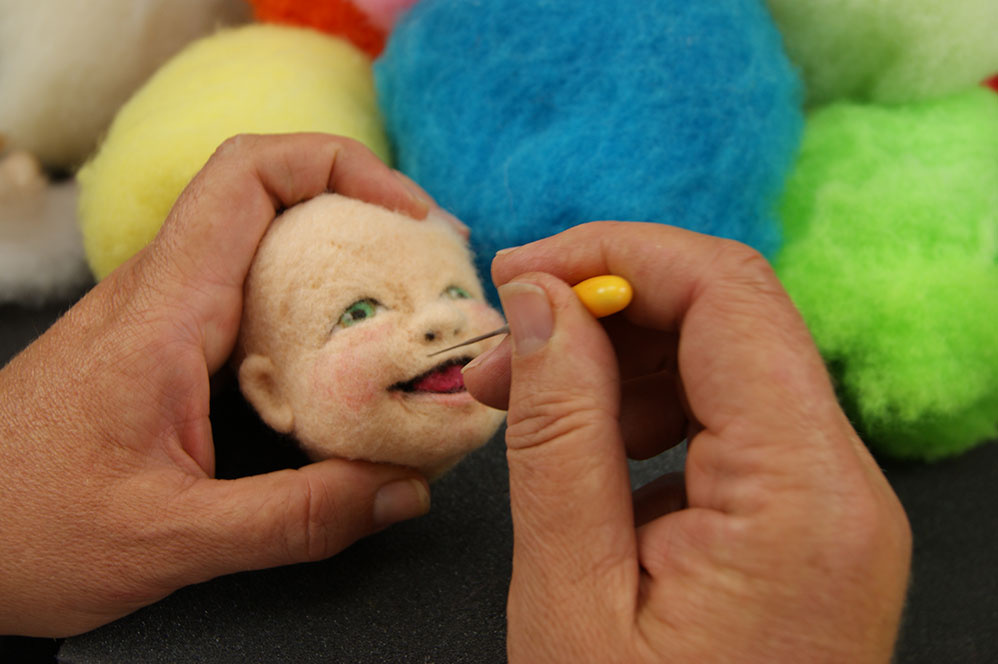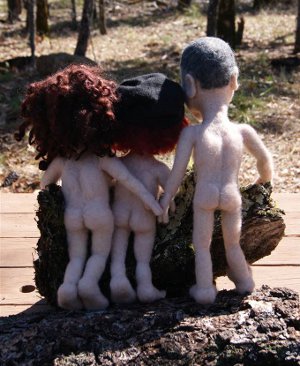You've shopped all over, gathering fiber from here and there and now you need to figure out how to store it. Storing it so it is readily available for those creative moments is really important. Not to mention, an organized stash will inspire you. A tangled mess, not so much. Wool stays fluffier if you… Continue reading Needle Felting Explained: Wool Storage
Category: Needle Felting Tips
Helpful resources and information for needle felters
Needle Felting Explained: Caring for Your Felties
I've been creating and collecting needle felted creations for nearly 20 years. I'd say I have a pretty extensive collection and I'll give you my best advice for caring for your felties.
Needle Felting Explained: Why Do My Felting Needles Break?
Are you tired of hearing the dreaded snap when your felting needles break? Helpful tips to help keep your needles in tip-top shape.
Needle Felting Explained: Roving or Batting?
Shopping for wool for needle felting can be tough. Whether it's roving or batting, understanding the differences can make it easier.
Needle Felting Explained: Felting Needles
Felting needles are essential for creating 3D sculptures and textiles through needle felting. While they may seem confusing at first, understanding the sizes, blade types, and personal preferences will help you find the right needle for your projects.
Needle Felting Explained: Video – How to needle felt full lips.
I've been asked how to turn a basic needle felted mouth (like I teach in the dolls workshop - smiling with no upper lip color) into a mouth with full upper and lower lips. We made a little video with some tips and advice. You can also learn how in my new Fairies workshop. It's… Continue reading Needle Felting Explained: Video – How to needle felt full lips.
Needle Felting Explained: How much wool do I need for needle felting????
How much wool do I need for needle felting? It's a question I get asked often. Wool is typically sold by the ounce - and since I primarily use wool batting (rather than roving) I'll talk about that. An ounce of lofty wool batting will fill a 2 cup measuring container. Depending on how firm… Continue reading Needle Felting Explained: How much wool do I need for needle felting????
Needle Felting Tip – Bag the Head!
This needle felting tip is a trick I've developed over the years to protect the head/face of my needle felted dolls while I'm finishing up their bodies. I always completely sculpt the heads of my dolls off the body and don't attach it until the body is nearly complete. After hours of sculpting the head, the… Continue reading Needle Felting Tip – Bag the Head!
Photographing My Work
I have been up against a challenge ever since I started needle felting of learning how to capture my work in the best light. I am finding that nearly as much as I love creating needle felted characters, I love taking pictures of them. My favorite lighting is natural lighting and my favorite backdrop is… Continue reading Photographing My Work











